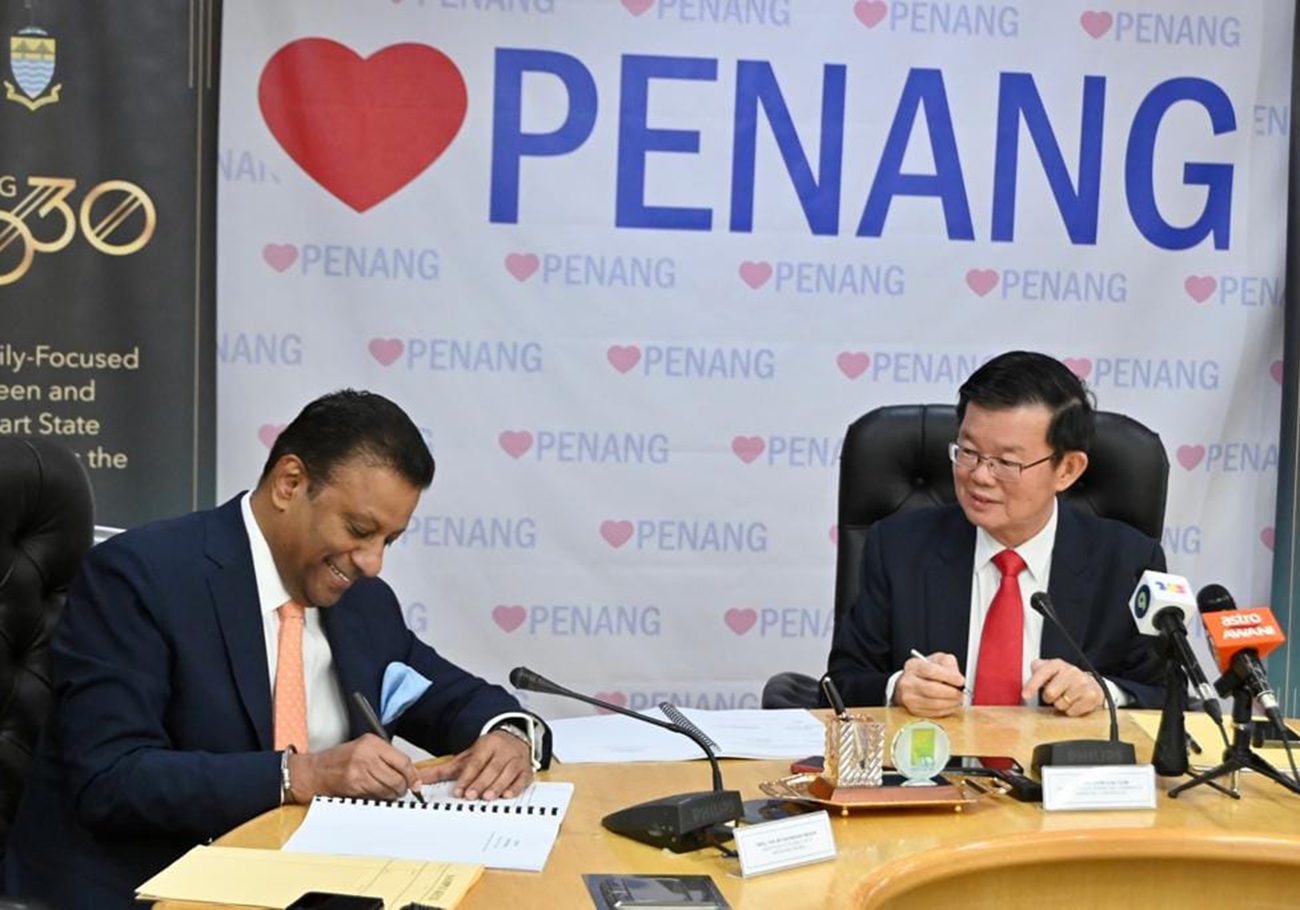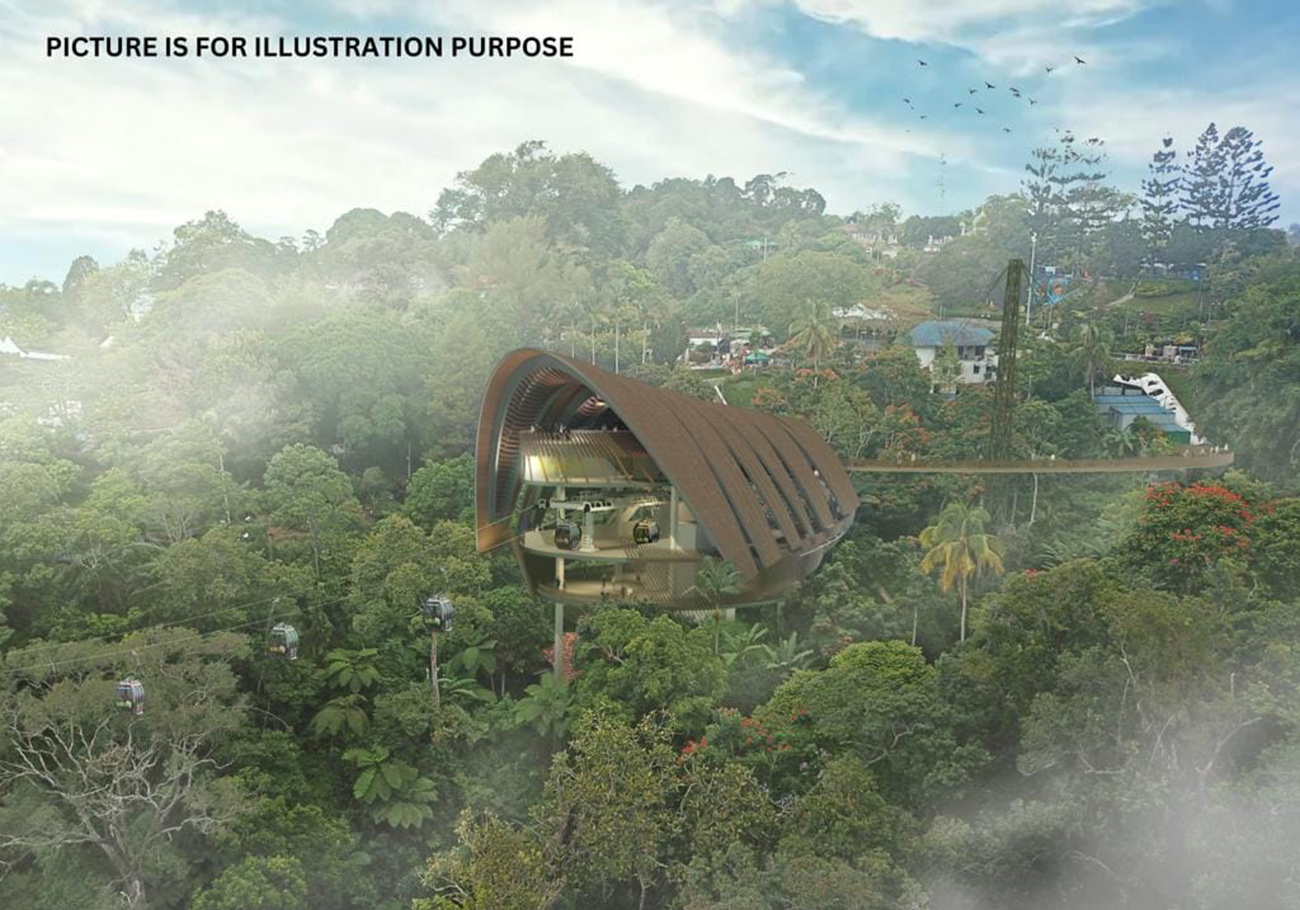
Penang Chief Minister Chow Kon Yeow announced that the Penang Hill Cable Car project would employ the expertise of Doppelmayr, a renowned global leader in ropeway engineering.
The state government is confident that the cable car service on Penang Hill will meet the highest international standards with Doppelmayr’s involvement.
This project marks an important milestone for Penang, as it aims to create a world-class attraction that enhances tourism and sustainability.
A comprehensive approach to cable car development

The Penang Hill Cable Car project was awarded to Hartasuma Sdn Bhd through a Public-Private Partnership (PPP) arrangement. The selection process involved a Request for Proposals that attracted the best proposals for the cable car service.
Despite the challenges posed by the Covid-19 pandemic, the project’s development is underway, and the detailed design is currently in progress. The cable car project is expected to contribute to traffic load balancing and offer a greener mode of transportation.

Hartasuma, a homegrown pioneer in the local rail industry, brings almost 30 years of experience to the project. The proposed investment of at least RM245 million by Hartasuma will not only cover the cable car system but also the beautification of the surrounding areas, particularly Penang Botanic Gardens. This comprehensive approach ensures that locals and visitors enjoy enhanced amenities and facilities.
To address traffic congestion, several measures have been proposed. These include the construction of a multi-storey parking complex, the provision of parking bays for public transportation, tour buses, e-hailing services, and dedicated parking spaces for public vehicles. These initiatives aim to alleviate congestion, improve accessibility, and create more open spaces for public activities.
Prioritizing sustainability and environmental preservation

The Penang Hill Cable Car project aligns with sustainable and eco-friendly principles. Cable cars are recognized as a green and environmentally sustainable mode of transportation.
Running on electric power and emitting low noise pollution, cable cars are an ideal choice for terrestrial, hill resorts, and urban areas. Furthermore, the construction of cable cars minimizes tree cutting, preserving the natural environment.
Hartasuma and Penang Hill Corporation (PHC) are committed to minimizing the number of towers and implementing a design that has a small footprint. The project will adopt green construction methods, including manual labour for foundation works and a hand-dug caisson method, reducing on-site clearing and preserving the surrounding greenery. Existing infrastructure, such as the Jeep Track, will be utilized to minimize the project’s impact on the environment.

The concessionaire is also working towards certifying the project under the Green Building Index (GBI). Sustainable design principles, such as porous surfaces, rainwater harvesting systems, solar panel installations, and electronic vehicle charging stations, will be incorporated into the buildings. These initiatives promote the reduction of carbon emissions and encourage sustainable transportation choices.
The Penang Hill Cable Car project signifies a significant development for Penang’s tourism and transportation landscape. With Doppelmayr’s renowned cable car system, the project aims to elevate Penang Hill’s appeal as a world-class attraction. By offering a greener transportation option, balancing traffic load, and creating job opportunities, the cable car will contribute to the socio-economic development of the surrounding areas.
Moreover, the project’s commitment to sustainability and environmental preservation ensures a harmonious integration with the natural surroundings. The utilization of green construction methods and the adoption of sustainable design principles will showcase Penang’s dedication to a greener future.
As the cable car project progresses, Penang’s residents and visitors can look forward to a well-integrated transportation system, enhanced facilities, and an enriched experience at Penang Hill. This milestone sets the stage for a promising future, where tourism and sustainability go hand in hand.
Source: Buletin Mutiara











